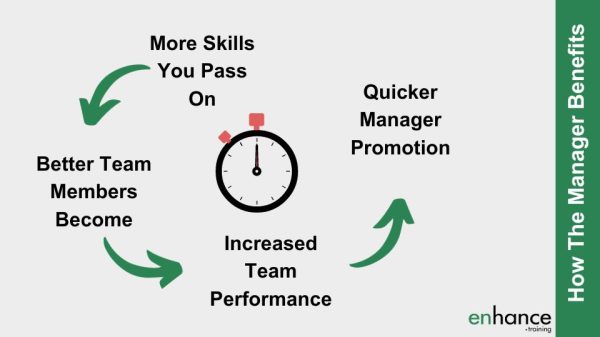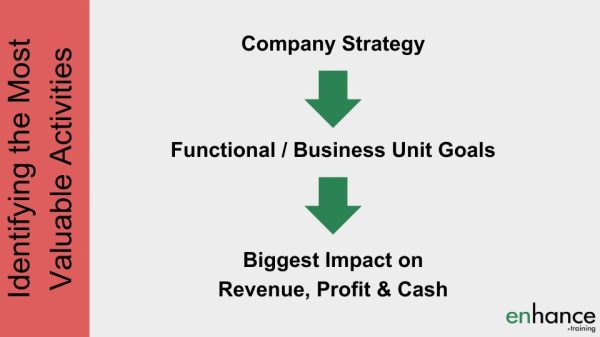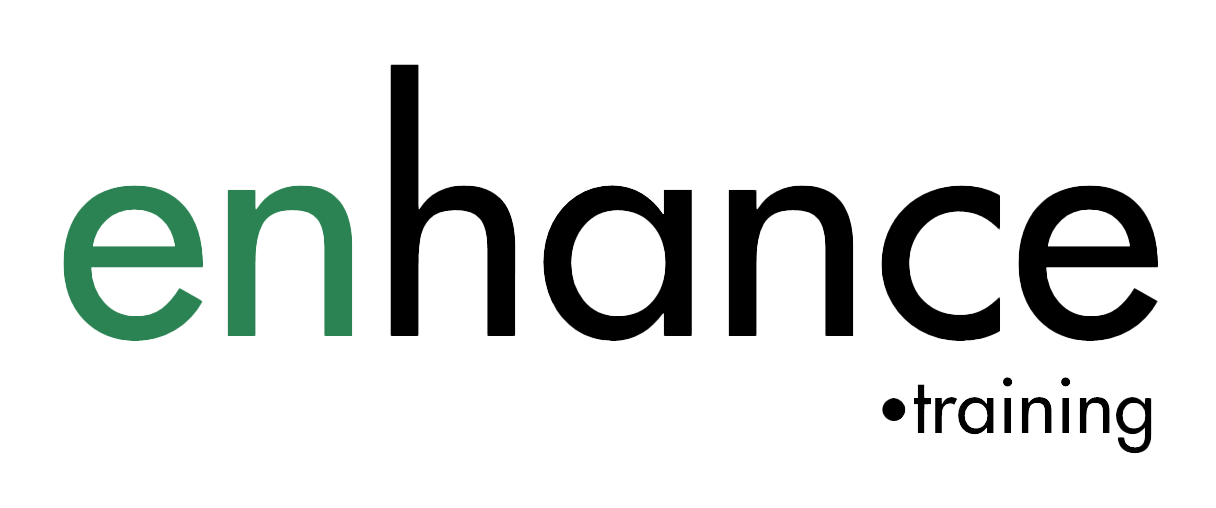7 Ways to Use 1-2-1 Meetings to Develop Employees & Improve Performance

Use one-on-one meetings to improve the performance of your team and develop your key employees. Research has shown that employees view the 1:1 meeting with their manager as their most important meeting of any week.
As a manager, I view my one-to-one meeting with my direct reports as my most important meeting to develop employees and improve performance in the team.
I recommend that you book in a one on one meeting with each of your direct reports each week. I find that booking an hour for each meeting is usually enough for both parties to get lots of value from the meeting.
For most of you that is up to 7 hours of meetings which – although a serious time commitment – I view as essential in creating a higher performing team.
Use 1:1 meetings to Develop Employees & Improve Performance by:
- Set and maintain clear goals and expectations
- To prioritise team member work to create more value
- Ask questions to discover key blockers and problems
- Provide praise and corrective feedback
- Coach and mentor team members so they build valuable skills
- Use problem solving to develop and assess
- Focus on making key decisions
I explain why each is important and how I go about using one-on-one meeting to get the most I can in terms of developing staff. Developing employees in the right way boosts team performance.
Watch on YouTube
Listen on Podcast
The first way to use 1:1 meetings to develop employees and improve performance is by
Setting and maintaining clear goals and expectations
It still amazes me that despite goal setting be a favourite topic of management training and research, so many managers don’t spend enough time creating clear goals and checking on progress towards achieving those goals.
Goals should be SMART as much as possible. It takes time to create clear goals even for experienced managers. If you or the other person are not 100% clear on when the goal is achieved, you should go back to the drawing board.
Once you have set goals, you can’t forget about them. Bring up progress against goals regularly in your one-on-one meetings so you increase what you team gets done (your ability to execute). This gives you are great opportunity to assess progress and more importantly help the team member improve their progress by helping and coaching them.
Use your one on one meeting to reinforce behavioural expectations by displaying the behaviours you want to encourage personally and discussing examples of good behaviour and bad behaviour.
To develop employees, ask them to work with you to create goals and expectations. Tell them the end goal and then coach them through how they are going to achieve that goal, what milestones they should include and what problems they might encounter. Get them thinking and making decisions to practice their problem solving skills.
The second way to use 1:1 meetings to improve performance is by
Prioritising team member work to create more value
In your 1:1 meetings, to develop employees, talk them through the top activities and projects for how the team creates the most value for the business and explain why. When your direct reports understand the priority of tasks, activities, and projects that the team use to create value, they will be more likely to prioritise their work in the best value creating way.
You and your team only have set amount of time. The more time you spend on the most valuable activities, the higher the performance of your team. The more your team members prioritise to create value, the less work you have to do to prioritise these activities.
Make the time to think about what your team does that is most valuable through to the least valuable. I usually start with company strategy then move onto functional or business unit goals and then see what has the biggest impact to revenues, profits, and cash generation. Every team will impact each of these directly or indirectly, including support functions.
Focus the team on creating the most value they can through doing more of the higher value activities and saying no to the lower value activities.

The third way to use 1:1 meetings to improve performance is by
Asking questions to discover key blockers and problems
I love asking my team members and colleagues questions and listening carefully. I frame my questions to encourage the other person to educate me, which positions them as the expert. Ask questions to find out what they are doing, what they are working on and then move to trying to find out what their blockers and problems are.
An example flow of questions could be – with each question asking the team member to expand on their previous answer:
- What are your top 3 priorities for the next two weeks?
- Which areas are likely to pose the biggest challenges or difficulties in progressing X to Y
- What about the X process is causing so many delays?
- What is the best solution you can think of to get round these delays?
- If we redesigned the process, what would it look like?
Use questions to steer the conversation to the key blockers and problems the other person is facing. Once you know what these are, you can work out how you can alleviate or remove these issues. This approach is really powerful on so many fronts – motivating staff, better leveraging their time and efforts, demonstrating your will to help improve their working life and your effectiveness in doing so, all of which contribute to increased team performance.
Use your one-on-one meetings to ask questions and listen to find the blockers and problems your team are dealing with.

The fourth way to use 1:1 meetings to develop employees is by
Providing praise and corrective feedback
To keep employees happy you should aim to provide praise three times more than corrective feedback. Make the effort to look for genuine areas and reasons to praise employees. Positive reinforcement is really powerful and far too many managers don’t make enough use of it.
When giving corrective feedback in one on one meetings, make the time to give specific feedback and make the feedback about decisions, choices and actions or lack the of them. For instance, taking about actions is more factual and a lot less personal than giving your opinion on their ability or personality.
Always make the feedback about trying to improve what they do. Even if they don’t like receiving, and if you have already build enough trust, they will listen to what you say. Who doesn’t appreciate a person trying to help you.
Never give corrective feedback to put a person down, criticise without purpose, as a power play or in retaliation for them making your life difficult etc.
Use your one-on-one meetings to celebrate the successes and help them do better next time. Don’t forget to ask for feedback and listen carefully to what they tell you without judgement or repercussions.

The fifth way to use 1:1 meetings to develop employees is to
Coach and mentor team members so they build valuable skills
Using one-on-one meetings to coach and mentor your direct reports is one of the best ways to pass on the skills, experience, and wisdom that you have accumulated. You are in the management position for many reasons. There are so many skills that you can help them develop through coaching and mentoring that will make your life easier as a manager and help improve team performance over time. 5 key examples include:
- People management skills
- Decision making skills
- Planning and organising skills
- Problem solving skills
- Communication skills
These skills are all really valuable for nearly every job available. You will have technical and other skills that you can also pass on.
In my experience, the more you pass on, the better the team members become which leads to higher team performance, which in turn means you get promoted quicker as a manager. A win for you, a win for them and a win for the company.
Using the privacy of one-on-one meetings to help your team members learn and improve!
The sixth way to use 1:1 meetings to improve performance is to
Use problem solving to develop and assess
Another brilliant way to use your one on one meetings with team members is to spend some time solving problems either you are faced with, or they are faced with. Coaching team members through problems is great way to further develop their problem solving skills and get valuable solutions to pressing problems.
Using your one 1-2-1 meetings to problem solve also gives you are very accurate picture of their problem solving skills. You can then delegate problems or tasks or a mixture depending on what is best for them and the team.
Ask them to provide their solutions before you offer yours. Practice your questioning and coaching skills. Spend more time listening than talking.
In my experience, having two or more minds working on solutions usually provides a better solution than one person on their own. Develop your facilitation skills by getting others to voice their honest opinions and ideas, challenge participant’s thinking and work on providing practical implementable solutions.
The seventh way to use 1:1 meetings to improve performance is to
Focus on making key decisions
Finally, making decisions in one-on-one meetings is a great use of the private time you have with a team member.
You can start by making the decisions and talking them through what you considered and how you reached your decision. You can then progress to asking them to talk you through their thinking process and what decision they would make. Finally, you can get them making the decisions and only inputting or coaching them if you need to.
Being able to share the decision making amongst the stronger members of the team reduces the pressure and burden on you, plus you are developing a key skill in your staff. To facilitate decision making, create a clear framework on decision making authority for team members to work within.
Use one-on-one meetings to develop employees and their decision making skills.
In summary
We have gone through 7 ways to use 1:1 meetings to develop employees and improve performance in the team. I personally think that managers should be teachers and pass on the skills, experience and wisdom they have accumulated to team members. This is a great way to create succussion plans and free up time and energy to improve your own skills, which in turn leads to faster personal career progress.
Create useful valuable one-on-one meeting with your team members and then you and they will be looking forward to spending the time each week plus you will increasing team performance in the process.
We have been through
- Set and maintain clear goals and expectations
- To prioritise team member work to create more value
- Ask questions to discover key blockers and problems
- Provide praise and corrective feedback
- Coach and mentor team members so they build valuable skills
- Use problem solving to develop and assess
- Focus on making key decisions
If you have any questions on “7 Ways to Use 1:1 Meetings to Develop Employees & Improve Performance”, please email me at support@enhance.training and I will get back to you.
(Further Reading HBR Article on Effective Employee Development Starts with Managers)
I view one-on-one meetings as the most important ones to have each week with your direct reports. There is so much you can do to help them do a better job, which helps increase team performance, which in turn hugely helps you personally as a manager.
I spend time – 5 – 15 minutes planning out each one-on-one meeting I have with my team so that I can get the maximum benefit for me and for them. I view weekly one-on-one meetings as the best way to build relationships and help team members. Priceless in terms of increasing team performance.






